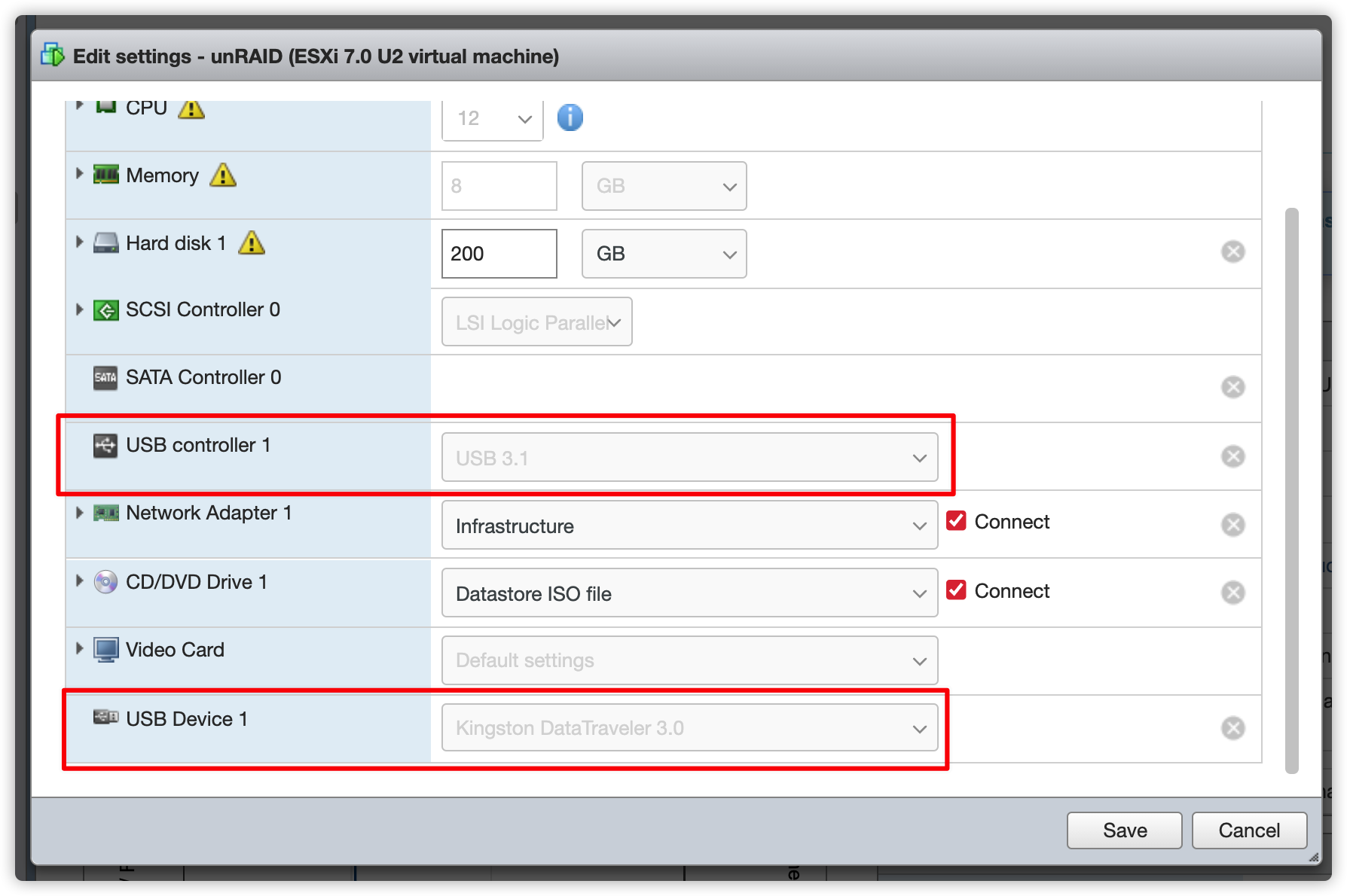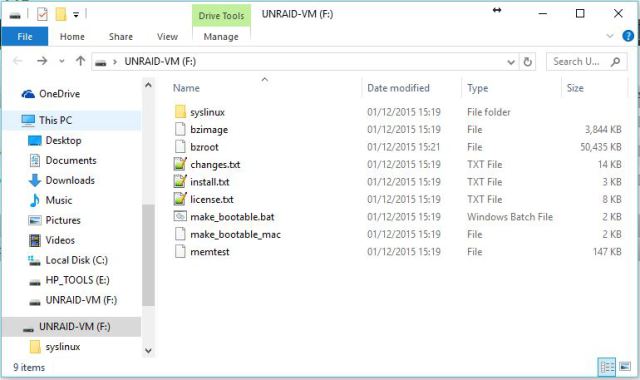

Machine: i440fx-* (whatever the newest is).Initial Memory / Max Memory: at least 2GB is recommended.Logical CPUs: However many you wish (at least one).Name your VM whatever you wish: For this example, I’m using “Windows 10”.Configure the VM with the following settings:.Click on the switch for the Basic View to toggle it to the Advanced View (in the upper-right corner of the screen) if it isn’t already set.On the VMs tab, click the Windows 10 template (or template for your version of Windows).Add a new Virtual Machineįrom your unRAID web UI (e.g. If you’re unfamiliar with unRAID and how to take those steps, they are described in the “System Preparation” section of the unRAID manual quite well. You’re going to copy the entire hard drive including the empty space.īy default, most of these things were done already on my machine, but it’s good to check them before proceeding. Check to make sure that your User Share (above) has enough room for the full size of your Windows Operating System hard drive.unRAID needs to have User Shares created to hold the virtual machine images by default, these are created for you by a new installation at /mnt/user/domains/.An important step here is to download the VirtIO Drivers ISO unRAID must have VMs enabled and configured.

Depending on what you plan to do with your VM, you may need to meet other hardware requirements. Your hardware must be capable of processor virtualization (Intel VT-x or AMD-V), and it must be enabled in your BIOS.If you haven’t already, follow the steps here in “Before you shutdown Windows”. If you upgraded from Windows 7 or 8 to Windows 10 for free this is really important. Makes sure you have access to your Windows license.They’re also useful for anyone running KVM as a hypervisor – not just specific to unRAID. Most of these steps come from the well-written unRAID Manual on Physical to Virtual Machine Conversion – the main thing I add in here are the Windows-specific steps for reducing the size of the virtual machine image. Here are the steps I took to convert that Windows installation into a functioning VM. So, rather than starting over with a fresh Windows installation I took the operating system that was already installed, copied it, and started running it as a virtual machine (VM). I didn’t want to lose that installation and the work put into it. Because I was turning my Windows 10 Pro server into an Linux (unRAID) machine I already had a Windows installation running on the bare metal that I had spent a fair bit of time setting up.


 0 kommentar(er)
0 kommentar(er)
